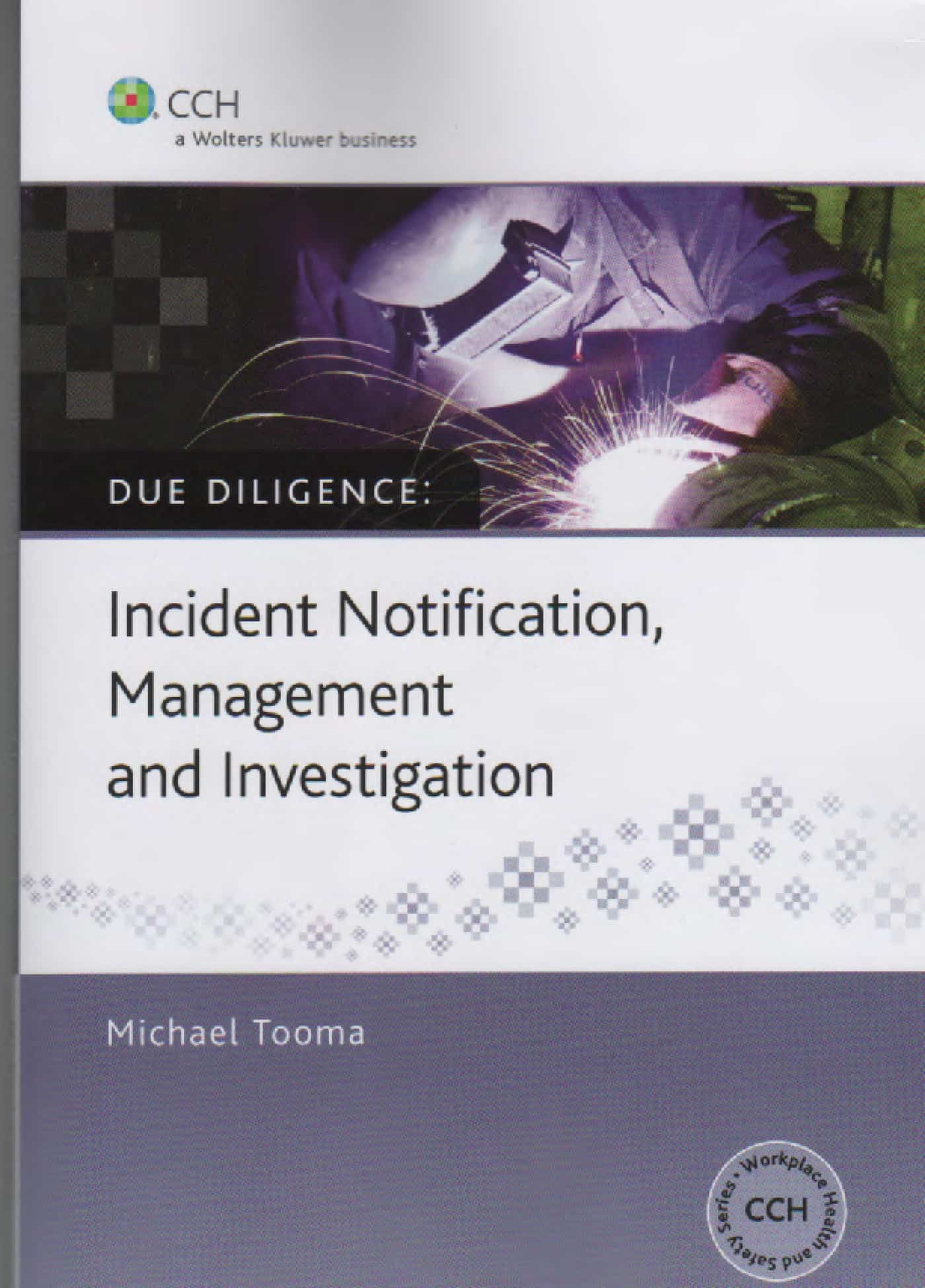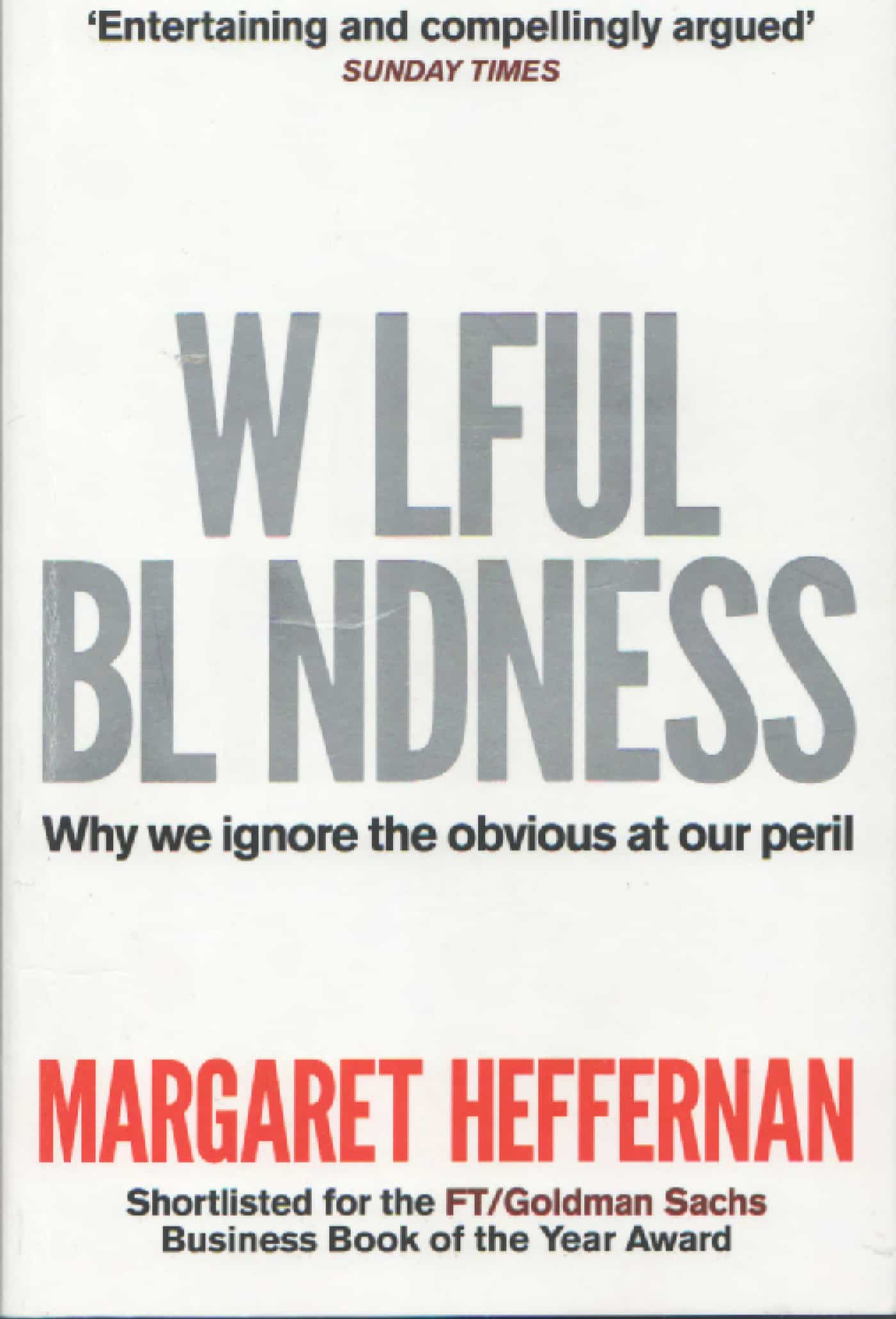Neil Foster of the University of Newcastle is known to SafetyAtWorkBlog for his work looking at the legal liabilities of company directors and officers. Recently Foster released a paper called “You can’t do that! Directors insuring against criminal WHS penalties” which provides an additional legal context to an earlier blog article.
Foster acknowledges that
“…provisions of the criminal law imposing personal liability for company breach of workplace health and safety provisions provide one of the strongest ‘drivers’ for company officers to use due diligence to see to the implementation of company safety policies.”
and asks
“… what if the officer knows all along that, should they be subject to such a penalty, the company, or an insurance policy, will come to the rescue?”
This is a concern that relates to insurance policies or indemnities that are being offered in some industrial sectors. Insurance could dilute the diligence of officers and directors on a range of matters including workplace safety. Continue reading “Insurance may diminish a director’s commitment to their positive OHS duty”






![iStock_000002335978Small[1] asbestos](http://safetyatworkblog.files.wordpress.com/2012/04/istock_000002335978small1-asbestos.jpg?w=198) The following article illustrates how important it is for companies to maintain accuracy when writing a media release about safety laws. The internet allows for inaccuracies to become widely distributed and for these to gain some legitimacy through the re-publication on various OHS, magazine and news websites.
The following article illustrates how important it is for companies to maintain accuracy when writing a media release about safety laws. The internet allows for inaccuracies to become widely distributed and for these to gain some legitimacy through the re-publication on various OHS, magazine and news websites.